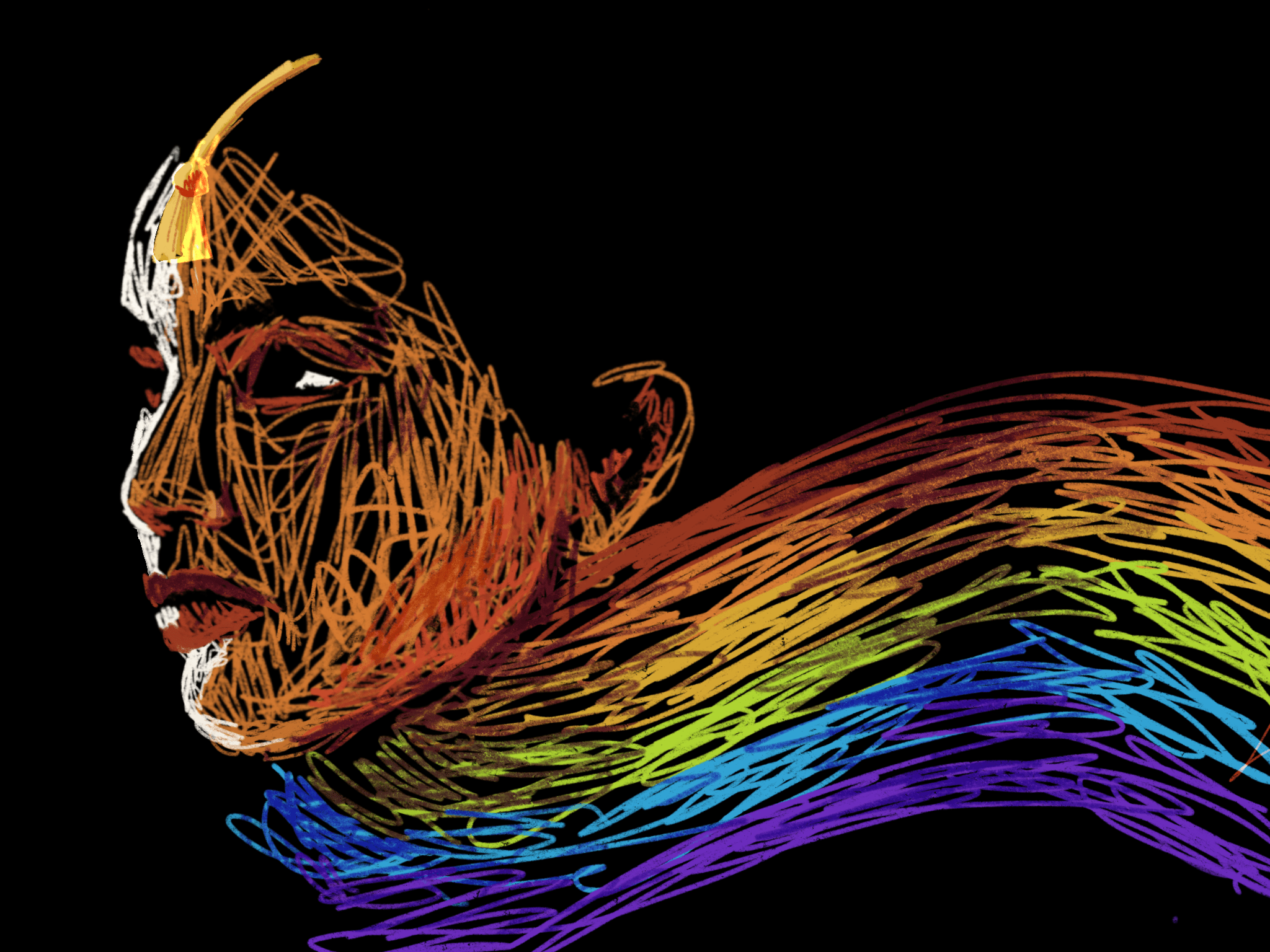In the realm of my identity, being both Asian American and Queer, I find a curious juxtaposition within the 5C community. While the community boasts a significant presence of both Asian Americans and Queer individuals, I often perceive myself as an outlier in the 5C narrative — a feeling of not quite measuring up to the expected level of Queerness compared to my peers.
This sensation starkly contrasts with my pre-college life in Orange County, where the demographic landscape was predominantly Asian, with a high minority enrollment. There, my Queer journey resonated more closely with those around me.
During my high school days, many of my Queer acquaintances, like myself, grappled with the challenge of not being openly out to our immigrant parents. The unspoken consensus prevailed that our relationships had to remain concealed due to the anticipated lack of understanding or support from our families.
Beyond the ubiquitous homophobia, we encountered an additional hurdle rooted in the perceptions of relationships within many Asian cultures, including my own. Traditionally, relationships were often viewed through the lens of necessity or convention, discouraging younger individuals from engaging in them until deemed appropriate, typically beyond their teenage years. These cultural norms added another layer of complexity to our Queer identities. Our expressions of Queerness were often subtle, largely influenced by Asian media such as movies, dramas, and anime.
We shared a common bond in acknowledging our deviation from the societal norm — regardless of our outward appearances, our Queer essence was undeniable.
Then came my transition to the 5Cs.
The abundance of opportunities for unapologetic Queerness among students caught me off guard. It was a milieu where individuals freely expressed their Queer identities through their style, media preferences, and campus activities. The bustling crowds at the Motley, eagerly gathering for a screening of “Bottoms,” epitomized this culture of openness.
As a member of an immigrant family, I grapple with a persistent dissonance between my Queer self and my Asian American identity. Having spent a significant portion of my life navigating Queerness in private, I find it challenging to align with the standards of Queerness prevalent at the 5Cs.
My narrative is not an isolated one. Many students from immigrant backgrounds face the pressure to conform to traditional norms, whereas embracing Queerness in the U.S. often involves embracing countercultural styles and lifestyles.
Queer culture inherently challenges conventions, yet I feel tethered to tradition.
Furthermore, the Queer experience at the 5Cs (and in the U.S. at large) predominantly reflects the white Queer experience — a realm unfamiliar to me.
At the 5Cs, certain experiences that my white peers engage in — such as donning attire that reflects their sexual orientation, sporting Pride Merch, participating in Pride parades, or attending drag shows — feel somewhat out of reach for me, as these activities presuppose a level of openness that many Asian American students may not possess.
While I cognitively understand that my Queer identity is not invalidated by my Asian heritage, this underscores a broader discourse on intersectionality within Queerness. The Queer culture at the 5Cs must expand to embrace the diverse ways in which Queer students navigate and embrace their sexuality, beyond a prescribed set of actions or encounters.
The initial stride towards progress? Cultivating a heightened awareness of the multifaceted nature of Queerness across different contexts.
To all those who resonate with my journey, remember that your ethnic background should never be compromised for the sake of your Queerness. You are undeniably Queer, irrespective of any standards imposed upon you.
Anjali Suva PO ’27 hails from Orange County, California, with a penchant for horror films, fantasy literature, and contemplations on apocalyptic scenarios.
